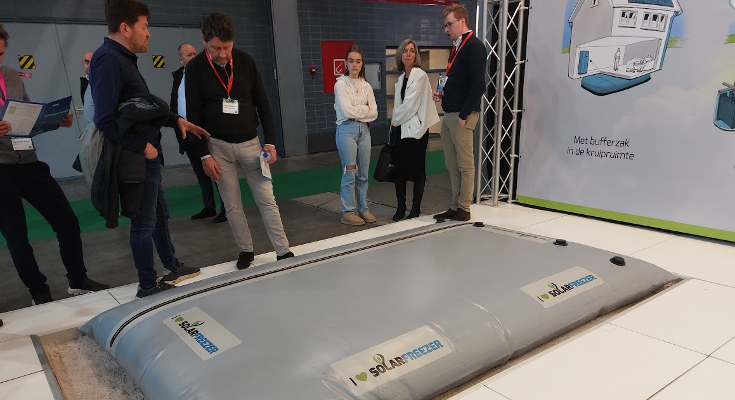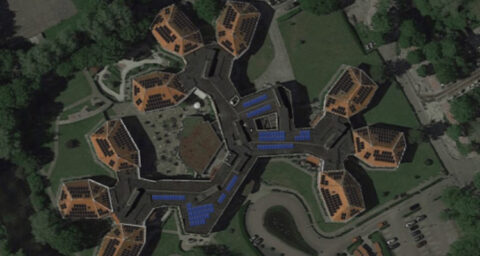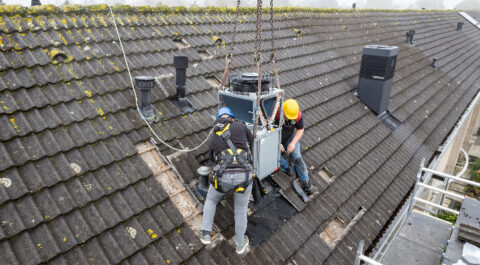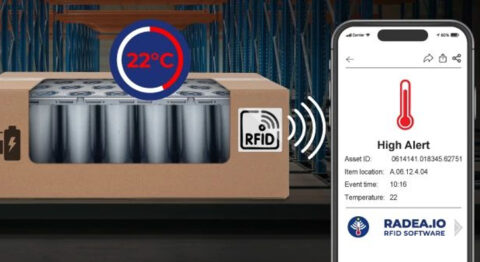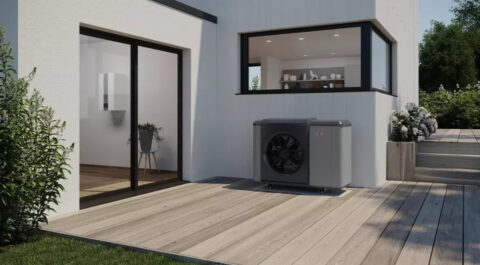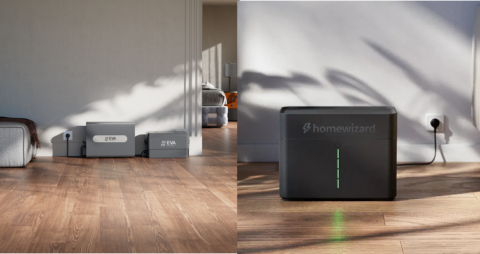A buffer tank for heat storage takes up quite a bit of space that is not available in every home or can simply be freed up. Then it is helpful for installers to know that heat can also be stored invisibly under the house, as the company SolarFreezer shows at VSK.
Unfortunately, the moment of maximum power and heat generation does not always coincide with the time when it is most needed. Whereas the power generated by solar panels can be stored temporarily in a home battery or fed into the grid, the thermal energy from heat pumps and PVT panels can be stored in a buffer tank (thermal battery). Or so in a buffer bag from SolarFreezer.
Buffer bag in the crawl space
Smart thinking it certainly is. Technical installations quickly take up a lot of space in homes, so why not make use of the huge sea of space that no one needs anyway: the crawl space under the house! By placing a buffer bag here that can act as a huge thermal battery. No one sees it or is bothered by it and so the crawl space is put to another useful use. What does the overall picture look like?
It starts with PVT panels placed on the roof that extract heat from both sunlight and the outside air, and then this thermal energy is fed to the water-to-water heat pump in the home. This goes on day and night, though of course the amount supplied does depend on things like outside temperature and amount of sunlight or daylight.
Heat surplus
This heat will be used immediately for heating and heating tap water. With SolarFreezer's solution, the heat that then remains is stored in the buffer bag located in the crawl space, building up a nice heat reserve for later use. Is the heat demand greater than what PVT panels and heat pump supply? Then heat is extracted from the buffer bag.
With this it should be possible to make households self-sufficient in heat all year round. It is important to note that during the winter, use is made of the crystallization property of water. The energy released during the transition from liquid water to ice is equal to the amount of energy released when cooling from 80 to 0 degrees Celsius, according to the company. As a result, the buffer bag can be used year-round.
Configurations
Water is used as the storage fluid and a water-glycol mixture is used for heat exchange. The buffer bag is measured on site and then produced. A variety of configurations are possible, such as an installation with one or two buffer bags, a Nibe heat pump with an output of 6 kW, 12 kW, or 16 kW, an integrated boiler or an external liter boiler and all combined with 8, 12, or 16 thermal collectors on the roof.
Invisibly concealed
An additional advantage of using PVT panels is that there is no need to install an outdoor unit and therefore no noise is produced. Some of the requirements are that (as with other solutions) the house must be well insulated and LTV heating such as underfloor heating or LTV radiators must be present. Furthermore, there must be sufficient space available in the crawl space. Although, possibly the buffer bag can still be buried in the garden, neatly out of sight under a decking.
